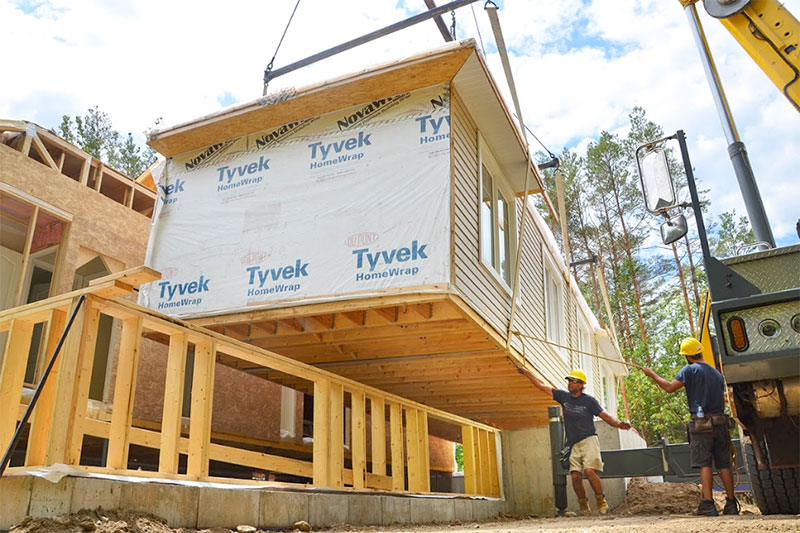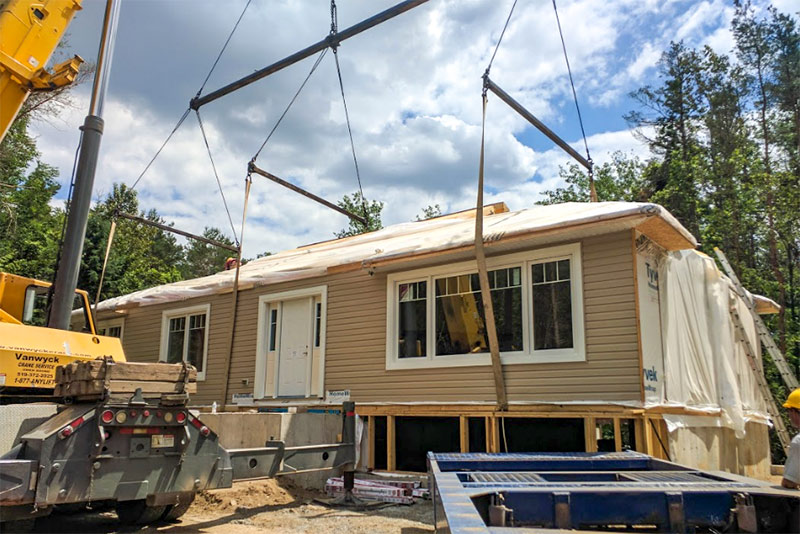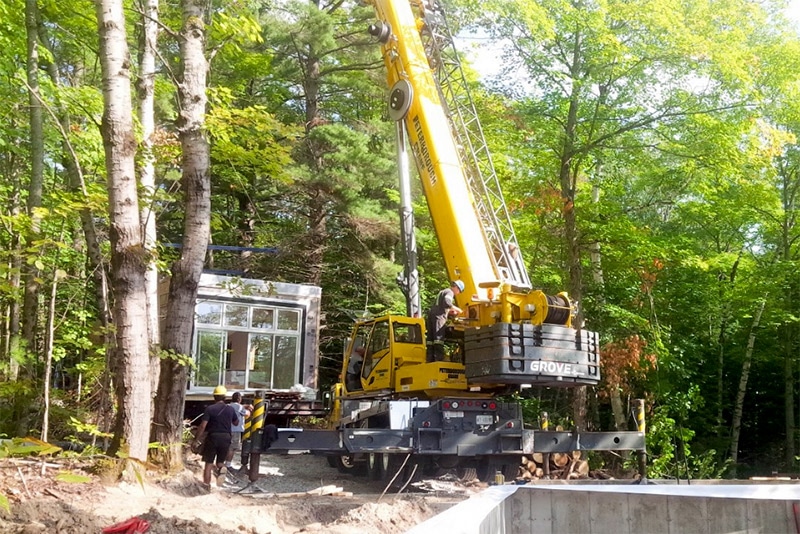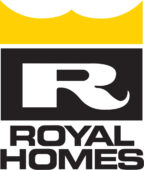
Many Canadians dream of owning a cottage at some point in their lives. In fact, two-thirds of Canadian Millennials are keenly interested in having one as an alternative to big city real estate costs. Some prefer to invest in a fixer-upper, as this represents the type of cottage they loved in their youth. Others favour building from scratch, and that can lead to important decisions on the type of structure.
You will likely have seen some cottages that look more like mansions, with a cost to match. Fortunately, you can still have a lovely, affordable haven in the country thanks to the advantages offered by pre-fab design. Here are a few of the cost savings and other benefits of going with a pre-fab cottage.
Eco-Friendly Materials

Modular structures consist of pre-designed sections, which means no architectural design fees. If a particular style is popular, the various pieces are often ordered in bulk, which can reduce costs. Another advantage is that modular construction materials are typically very eco-friendly and energy efficient, meaning you will have a much “greener” cottage than if you choose to buy an older structure. You will also be helping to support Canadian companies and talent as the materials for modular homes are usually locally sourced.
Construction and Transportation

One of the most notable advantages of pre-fab structures is the mode of construction. Since the creation of each section takes place inside a factory, weather delays are no longer a worry. That speediness can mean you get to use your cottage that summer, rather than having to wait another year because it was not up until the fall.
It is much easier to transport these individual pieces to the building site, compared to the materials that make up a conventional build; this can be a major plus if your cottage is off the beaten track. Assembly of the individual sections also requires less time, which can substantially lower labour costs. Finally, this manufacturing style means no waste or chemicals left behind on the building site.
Safety
Some seem to mistake modular homes for mobile homes. The latter category includes vehicles like a Winnebago, which go from place to place; a modular home is stationary, just like a conventional building. Although it consists of pre-fab sections, a pre-fab cottage is as structurally sound as a traditional home. Most modular structures can withstand winds of up to 175 mph, which is far more than you are likely to face from a storm at the cottage.
Also, a third-party inspector checks each section of the structure while it is still in the factory. Thus, the company you deal with can address any potential issues before the building site assembly even begins.
Accessibility
The design of modular homes can easily take accessibility into account. Thus, if you have guests with disabilities or mobility issues, they can still enjoy your home in complete safety. Older, pre-existing structures are far less likely to offer this important advantage.
